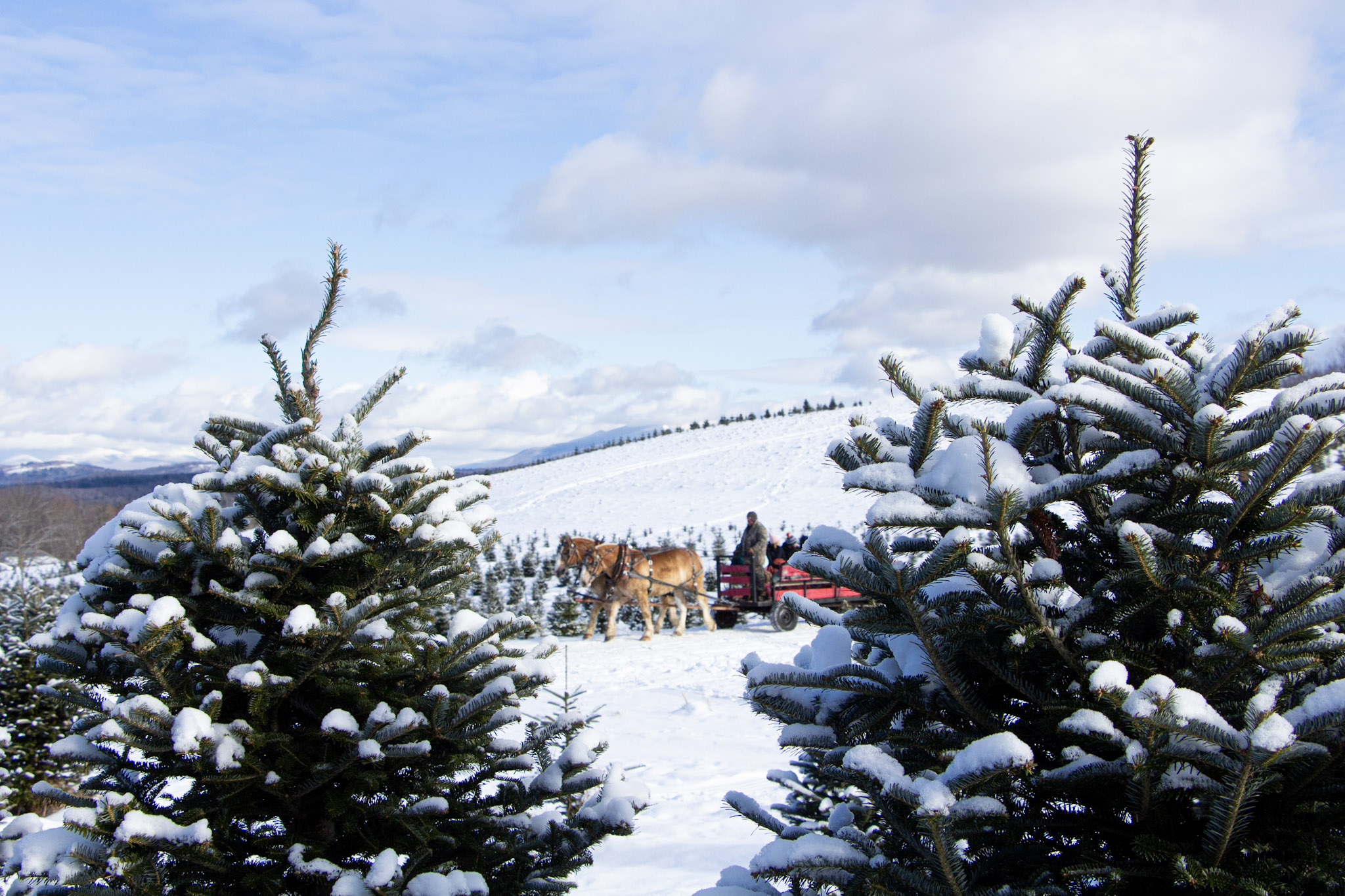- Tags:
- Working Forests
Do aesthetics matter when it comes to making maple syrup?
Sugarmakers are all wondering what this extraordinary winter will mean to this year’s maple syrup production. In central New Hampshire, I have historically tapped the trees for my modest hobby operation by President’s Day weekend in February, often enjoying a good run that week. This year, other than a few meager drips echoing on the bottom of my old-school buckets, there hadn’t been a real good run by March 24. Contrast that to a few years ago when spring came so fast that I was all done by March 18.
So what does that mean for the overall output this year? Veteran sugarmakers know the best answer to that question is always, "ask me at the end of the season." I'm glad I don't deal in maple futures.
I learned about sugaring in West Virginia, using wooden spiles wedged into holes bored by a bit-and-brace in enormous maples that were likely at least 300 years old. We boiled the sap in giant kettle over an open fire. Reminiscing about using wooden spiles makes me sound pretty old—if I live another 30 years that story will make me seem like the 2000-year-old man.
An efficient sugaring operation keeps a person pretty busy--even after you've tapped, collected sap and start boiling, constant attention is needed. Like many small producers, I boil using a wood-fired arch. To keep the evaporation process at a peak requires feeding the fire regularly (some people use an egg timer to remind them).
Even so, on those late nights after neighbors, friends and family have gone home and the sugarmaker is left to finish up a batch on his or her own, there it time to think. In fact, in today's busy over-connected world, creating time for maple-infused contemplation and reflection could be considered an important by-product of making syrup.
For example, as the snow melts, things left under the snow reappear. Which prompts me to wonder, why is it that women who have such good taste in men also have an aversion to the pleasing aesthetics of a blue tarp? Blue tarps are a perfect way keep the weather off woodpiles, boats, and other assorted treasures stored in the front yard. But, as I am often reminded, not everyone appreciates their value.
Did I mention that I am reminded about this often?
On another topic much in the news this past week, has anyone apologized to the red-tailed hawk?
There is ongoing concern about the impact of climate change on the ability of sugar maple trees to thrive in northern New England. It may be no easier to predict this than it is to predict what kind of sugaring season we'll have in any given year. The greatest threat to maple sugar lovers is the ongoing conversion of forest land to other uses, like parking lots, malls and sprawl. The good news? Healthy working forests are one answer to combatting climate change. So there's a two-fer. Throw in clean water, wildlife and a pleasant walk in the woods and a forest seems like quite a bargain.
You know, if you build a shed or small barn to store an 'antique' tractor, the tax assessor will assess the value of the structure and add it to your property tax bill. But you can cover that tractor with a blue tarp in the front yard for free.
Ok, so I admit that aesthetics matter. I like the look of buckets hanging on trees, while I don't particularly like the look of tubing webbed across a sugarbush. I've used both, and I understand the advantages of tubing. But the ugliest arrangement of all has got to be the hanging plastic bags, or 'sap saks'. They look even worse than blue tarps.
Wait, did I just admit that blue tarps aren't beautiful additions to any residential landscape, urban, suburban or rural?
Let's change the subject. I'm still getting emails about the column I wrote back in January about lumbersexuals and how they differ from a real New Hampshire man. One reader forwarded me a link to an article in the Los Angeles Times about men's fashion trends (apparently it's being driven by the "Yummy" (young, urban male) and the "Henry" (high earner, not rich yet).
One men's clothing maker made this observation: "A guy will have a pair of jeans and a sweatshirt that he will wear regularly. Spending $198 on a sweatshirt makes more sense when it becomes a daily wardrobe."
Wow. I'm pretty sure that the only way a real New Hampshire man would shell out $198 for a sweatshirt is if it had pockets. And there would need to be about $195 cash in one of those pockets.
Have you heard the old joke about the difference between sugarmakers in Vermont and New Hampshire? In Vermont, an old-time farmer is collecting sap when he finds that a squirrel has drowned in a full bucket of sap. He checks to see if anyone is looking, then--not wanting to waste the sap and figuring he's going to boil it anyway-fishes out the squirrel, tosses it aside, and pours the sap into his gathering tank. The old-time New Hampshire farmer, on the other hand, faced with the same dead squirrel, fishes it out of the bucket, makes sure no one is looking, then wrings out the squirrel to save every drop of sap.
An old-time farmer from Maine would never do such a thing. He'd dump the sap and the well-marinated squirrel into a stew pot, put the burner on the stove to medium high, and head to the cellar to find a potato.
Jack Savage is the executive editor of Forest Notes, the quarterly magazine of the Society for the Protection of New Hampshire Forests. He can be reached by email at jsavage@forestsociety.org or follow him on Twitter at @JackatSPNHF.
